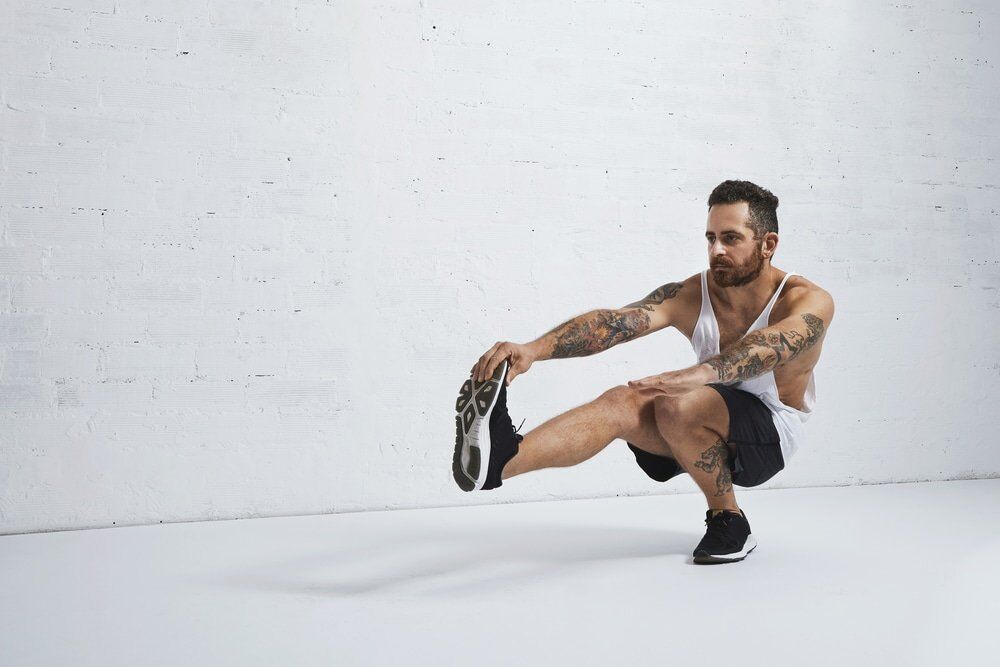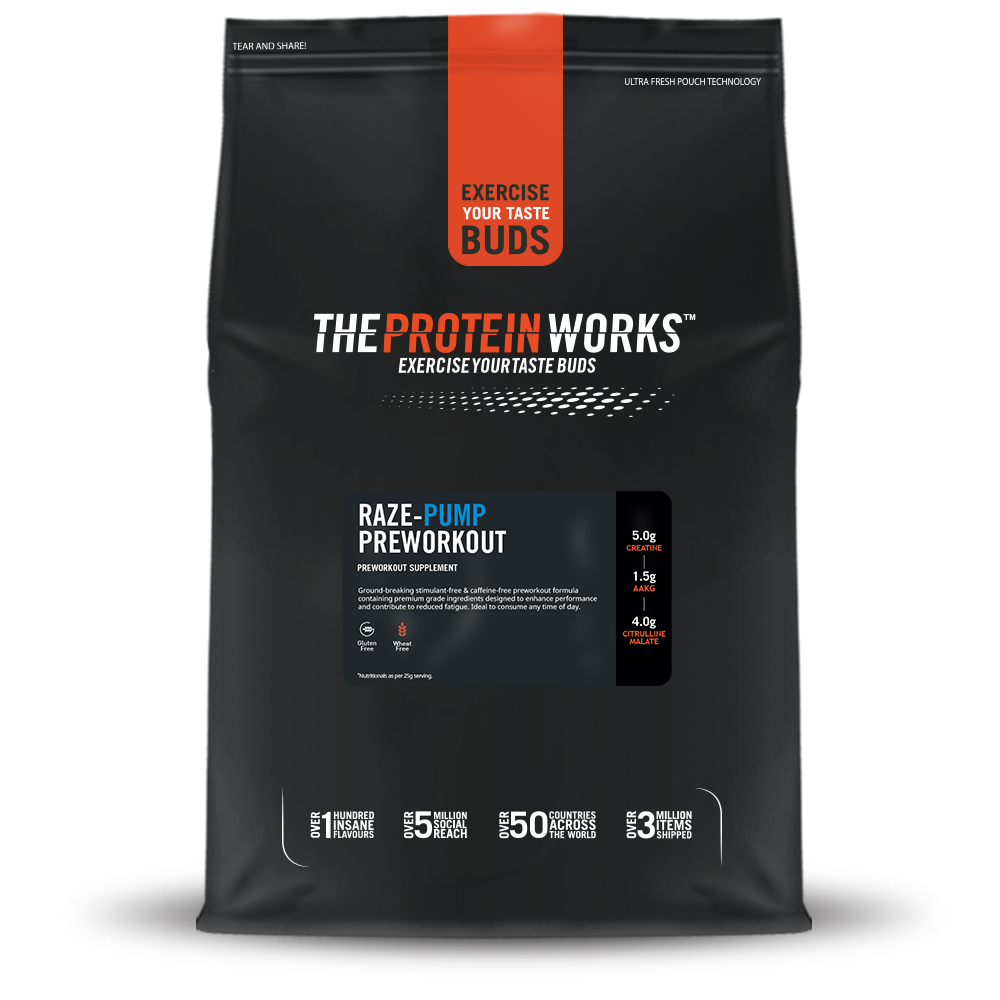I am frequently asked by aspiring bodybuilders, who claim not to have the money/time for the gym, whether they have a chance of gaining all the muscle they can with callisthenics only. My response is always the same: you can certainly build muscle with pull-ups, press-ups, etc. but whether you can build ALL the muscle you want is another matter entirely.
Callisthenics are wonderful movements that challenge the body in a kinetically liberating manner (for example, your scapulae are more free to move naturally in pressups than bench presses) and – as far as skill goes – they are limitless and impressive… but they have their limitations from the perspective of hypertrophy.
1. Comprehensiveness of movement

This issue is compounded further by the strength you have when you start.
2. Starting strength
If you can hold yourself horizontal, perpendicular from a bar, then you can probably work some horizontal pulling (rowing) into your routine. And if you can support your weight upside-down, then you can overhead press. However, most rookies do not possess the baseline strength to be able to do either of these bodyweight movements and thus limit their repetoire.
Similarly, whilst most trainees can’t knock out more than four bodyweight pull-ups in a row, most can manage at least thirty press-ups. That means that your average trainee does not train in the sweet spot (~60-85%) requisite for appreciable growth for either of these muscle groups: their chest does not receive enough challenge, whilst the lats face too much challenge.
In a perfect world, all muscle groups would be able to produce the same amount of force and support the same sort of load, but we don’t live in a perfect world. In this world, the bigger muscle groups create more force than the smaller ones – which is why we can deadlift about ten times more than we can lateral raise (not to mention the biomechanical disadvantage of having a dumbbell half your wingspan away from the joint).
This leads us to the issue of progression.
3. Progressive overload
In order to command your muscles to grow, you need to give them progressively more resistance over time. Whilst the most influential factor is total working volume, that cannot forever mean simply adding more reps, more sets, more exercises, more time. At some point, you are going to need to increase your working load to ensure progress and thus stimulate growth.
So how are we going to do that? The increments between, say, an air squat and a pistol squat, a standard and a one-arm press-up, a standard pull-up and a one-arm pull-up, are far too great to move between from week to week, leading to medium-term stagnation and lack of useful progression. In the meantime, we can load ourselves up with a weighted vest or grab some dumbbells.
But if that’s the case, then why not just join a gym after all?
With callisthenics, you can consistently challenge your skills and strength-endurance, which can make for a pretty impressive performance AND physique, but as far as MAXIMALLY stimulating muscular growth is concerned, there are some inherent limitations to work out in your own training.
Modify and dominate.









No Comments yet!